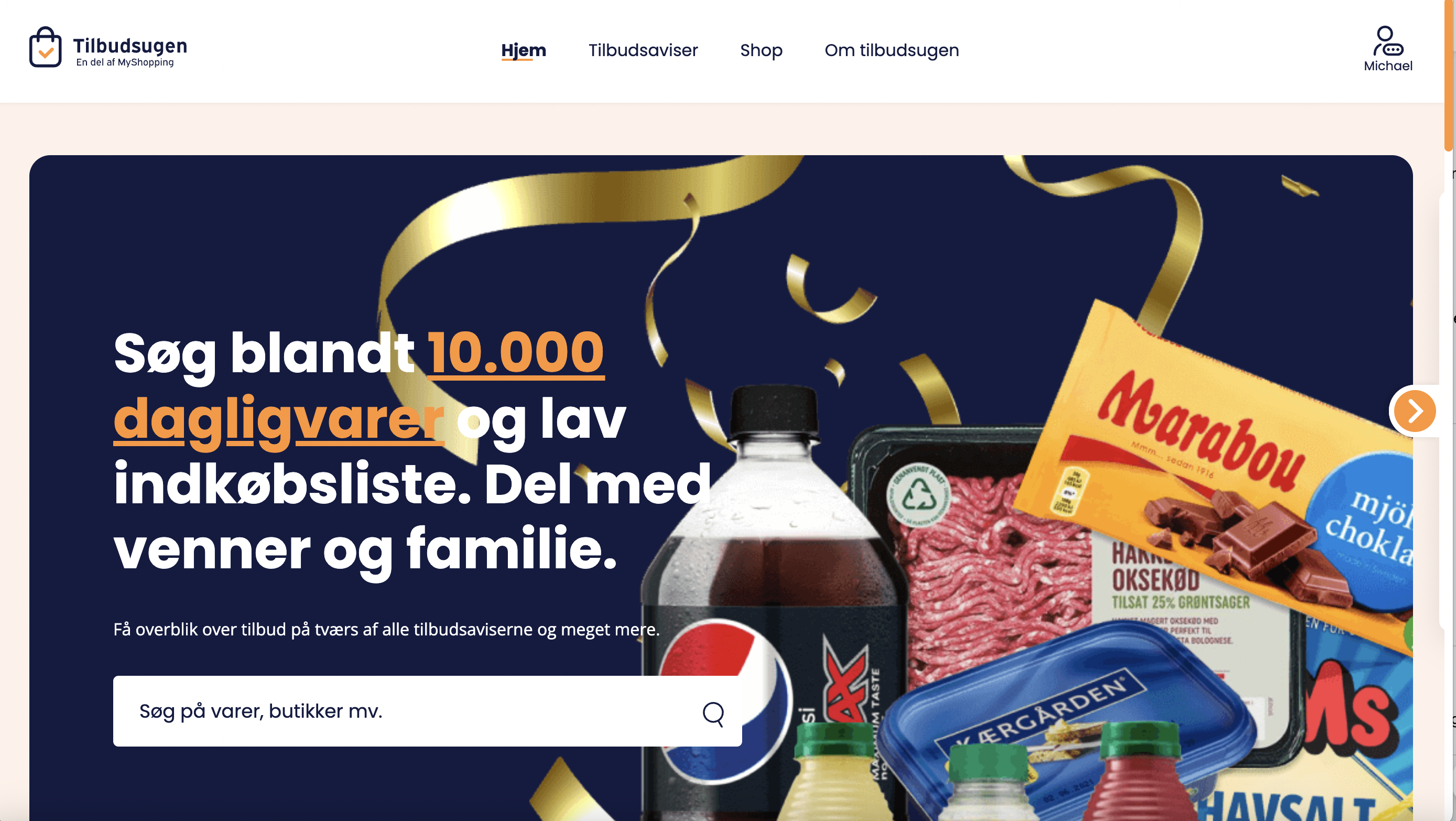How Retailers and Brand Owners Can Collaborate to Optimize the Shopper Journey and Boost ROI.

As a retailer, you have a wealth of data about your shoppers, including their buying habits, preferred products, and shopping frequency, thanks to the increasing use of loyalty programs. However, as a brand owner, you are in the dark about these vital pieces of information, relying solely on retailers to create the best offerings for shoppers. This can lead to a disconnect between brand owners and retailers, even though both parties share a common goal: to offer the right products to the right shoppers at the right time and price.
So why is there a struggle between brand owners and retailers every day? The answer lies in the power dynamics within the retail organization. The sourcing/category organization typically holds the buying power, leaving brand owners feeling left out of the decision-making process. But when it comes to optimizing the shopper journey and increasing basket size, both brand owners and retailers must work together.
The first step is to design shopper journeys for each customer segment, understanding what shoppers are doing before they enter the store and why they choose to shop at a particular location. By identifying the moments that matter for each touchpoint on the shopper journey, retailers and brand owners can collaborate to create a seamless experience for shoppers.
Real-time insights into customer behavior are vital for both retailers and brand owners. In today's market, consumers are influenced by a multitude of external factors, making such insights an essential tool for businesses looking to remain competitive.
Take, for example, the data from Tilbudsugen.dk, which shows that many consumers start their shopping journey with a search for specific products on comparison sites. Based on basic needs like distance to the shop, availability, and parking, they decide which store to visit and whether they're willing to visit more than one. By understanding this behavior, retailers and brand owners can collaborate to optimize the shopping journey, increasing the shopping experience for consumers while removing friction and increasing ROI.
Two weeks prior to Easter, there was a significant surge in lamb-related searches on Tilbudsugen.dk. However, after conducting a quick cross-reference with all promotions on the site in the Danish grocery chains, we discovered that no lamb was on promotion at that time. Instead, all promotions were planned for the week before Easter. This small sample data underscores the need for better collaboration between retailers and brand owners in planning promotions.
In conclusion, optimizing the shopper journey requires collaboration between brand owners and retailers. By sharing insights and understanding shopper behavior, retailers and brand owners can work together to create a seamless and frictionless shopping experience for consumers, leading to increased ROI for both parties. Don't let the power dynamics of the retail organization hinder your success; instead, work together to achieve your common goal.

